
What’s not to like? Well, let’s get the negatives out of the way. The biggest complaints regarding most Mahonias (there are several species planted in landscapes) is that they have thorns and that they are leggy.
The thorns are something we can’t do anything about, except that there are some species with thorns that aren’t as prickly as others. Also, just remember that when using Mahonia, don’t plant it on either side of a narrow passage way. The legginess issue is easily rectified by pruning out older taller canes down to within six to twelve inches of the ground. The Mahonia will rejuvenate and stay bushy from bottom to top.
What’s to like? Let’s start with the course texture and exotic appeal. Mahonia has a one of a kind form and texture. It’s unmistakable! Used in a mass planting, it takes on a dominant role in your garden. What else? Mahonia is a great plant for shady areas of your yard. You know how hard it is to find plants for that particularly shady spot….why not give Mahonia a try. Mahonia will also do well in sunny spots, but the color of the leaves really stands out in shade to part shade. Lastly, don’t forget the blooms and fruit. Mahonias bloom early in the spring with clusters of yellow spikes containing tiny flowers. It’s quite showy. After the flowering, look forward to very pretty powder blue to deep dark purlple berries.
One of the lesser known positive traits of Mahonia is that it is extremely drought resistant. Plant it and water it through the first year and then you can pretty much forget about it. Along with Nandina domestica, it is a great plant to install under extra large eaves or awnings.
Species and varieties of note:
Mahonia japonica ‘Bealei’ - the most commonly planted Mahonia. Grows to 10’; maintainable at 4’-5’. Zones 5-8. This particular plant is very easy to grow.
Mahonia aquifolium - Finer texture and requires a little more sun than M. japonica. Grows to 6’; maintainable at 3’. This species is more irregular and a little harder to grow than M. japonica. Still worthy of use, especially where an oriental effect would be desired.
Mahonia fortunie - A different looking Mahonia. It has narrow, fern-like leaves and a more compact habit of growth. Very attractive and less nasty thorns. The negative is that the species here is rated zones 8 and 9. In the Birmingham area, I’d only recommend it for use in protected situations like a courtyard.
Mahonia repens - creeping Mahonia… hard to find, but an interesting choice for your garden. This plant is rated zone 8 - 5, so hardiness shouldn’t be an issue. This mahonia will only grow 1.5’ - 2’, but will spread 3’ - 4’. It needs a little sun, but not too much and makes a great large scale ground cover or a small shrub grouping. If you can find it, give it a try.
All the Mahonias I’ve mentioned have yellow flowers and are evergreen.
Click on "Mahonia" to the left to view a short video of a Mahonia.
Happy Mahonia planting!!!
Thursday, October 25, 2007
Speaking of Mahonia…
Posted by
themanfromearth
at
9:37 AM
![]()
Labels: evergreen landscape plants
Subscribe to:
Post Comments (Atom)

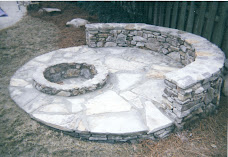



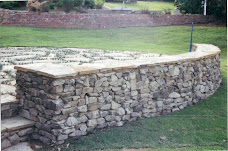


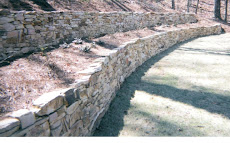





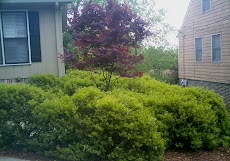
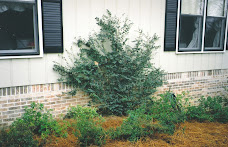
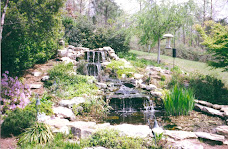
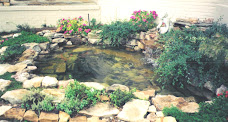




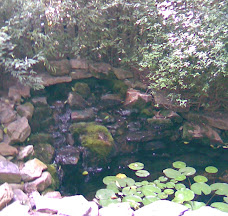


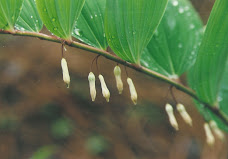



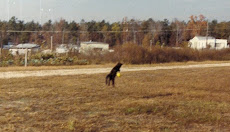
No comments:
Post a Comment